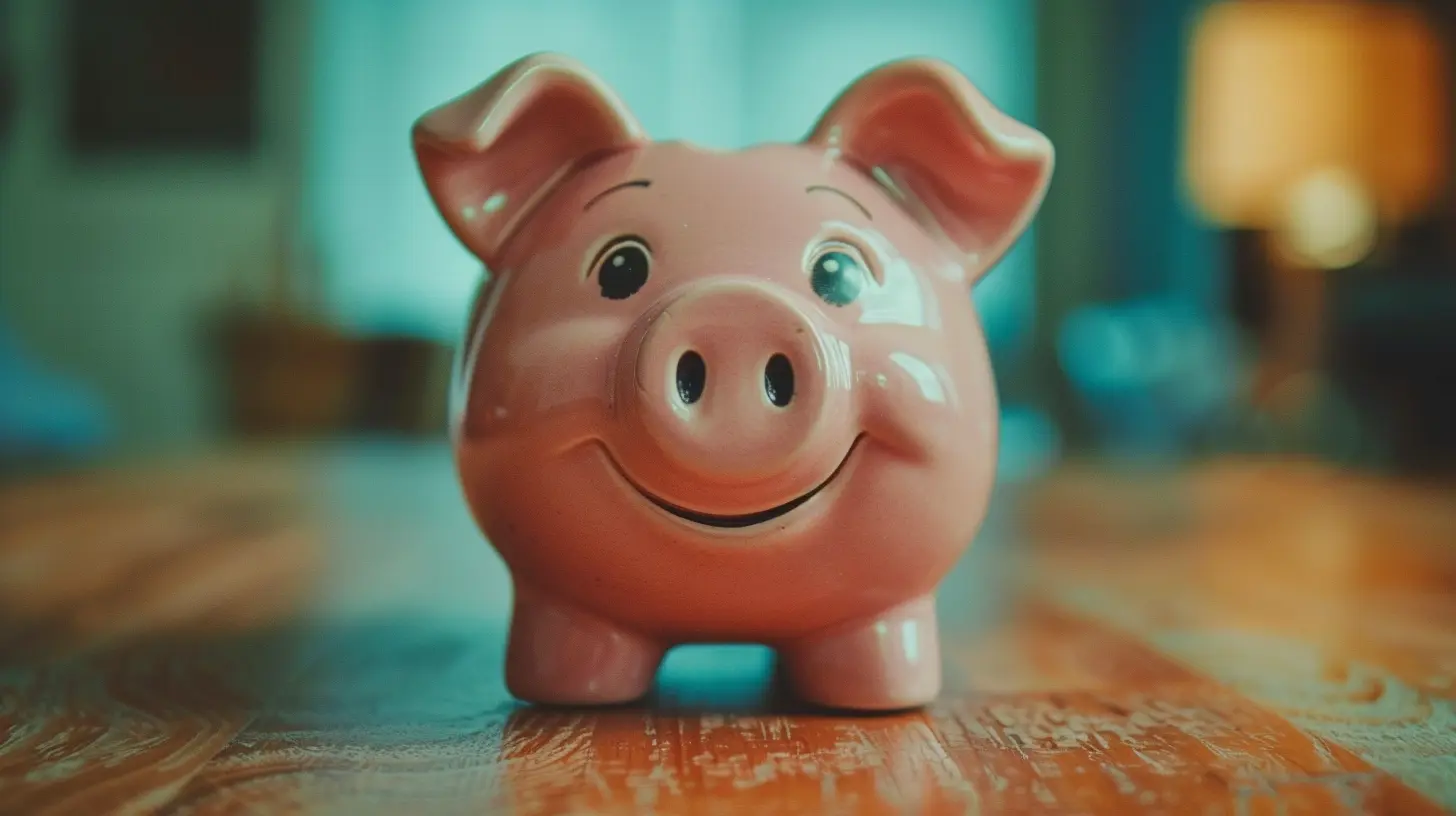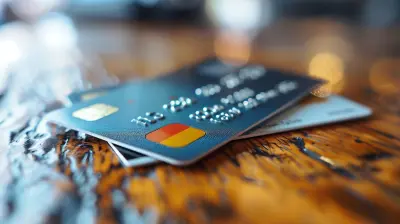How to Pay Off Your Student Loans Faster
28 October 2025
Student loans can feel like a never-ending burden, right? You graduate, land a job, and suddenly, a good chunk of your paycheck disappears into loan payments. It’s frustrating, stressful, and sometimes downright discouraging. But here’s the good news—you don’t have to be stuck with student debt for decades.
Paying off your student loans faster is absolutely possible with the right strategy and commitment. Whether your balance is a few thousand or six figures, there are ways to speed up the process. Let’s break it all down step by step.

1. Understand What You Owe
Before you start aggressively paying down your student debt, take a step back and assess the situation. What exactly are you dealing with?- Know your loan types – Federal loans, private loans, subsidized, unsubsidized—each has different terms and interest rates.
- Check the interest rates – High-interest loans cost you more over time, so prioritizing them can save money.
- Understand repayment terms – Some loans have flexible repayment plans, and others don’t.
Log into your loan servicer’s website, review your balances, and map out a clear picture of your total debt. It might seem overwhelming at first, but knowledge is power.

2. Pay More Than the Minimum
Want to get rid of your student loans ahead of schedule? Paying only the minimum each month won’t cut it. Interest keeps piling up, making it feel like you're swimming against the tide.Instead, try this:
- Round up your payments (if your minimum payment is $273, make it $300).
- Allocate bonuses, tax refunds, or side hustle income towards your loans.
- Make biweekly payments instead of monthly—this results in an extra payment each year.
Every extra dollar you put toward your loans means less interest accumulating over time, which gets you debt-free quicker.

3. Target High-Interest Loans First (Debt Avalanche Method)
Not all debt is created equal. Some loans have sky-high interest rates, while others are more manageable. The Debt Avalanche Method helps you save the most money in the long run.Here’s how it works:
1. Continue making minimum payments on all your loans.
2. Identify the loan with the highest interest rate and throw every extra dollar at it.
3. Once that loan is paid off, move to the next highest interest loan.
By prioritizing high-interest loans, you reduce the amount of money being wasted on interest—meaning you’ll be free from debt faster.

4. Consider the Debt Snowball Method for Motivation
If you’re the type who needs quick wins to stay motivated, the Debt Snowball Method might be better.With this approach:
1. Pay off the smallest loan first while making minimum payments on others.
2. Once that loan is gone, roll its payment into the next smallest loan.
3. Keep going until all your loans are paid off.
It doesn’t save as much on interest as the avalanche method, but seeing loans disappear quickly can keep you motivated.
5. Refinance Your Student Loans
If your loans have high-interest rates, refinancing could help you save money and pay them off faster. By switching to a loan with a lower interest rate, you’ll reduce the total amount paid over time.Before refinancing, consider:
- Do you have good credit? Better credit can get you a lower rate.
- Are you giving up federal loan benefits? Federal loans come with protections like income-driven repayment plans and loan forgiveness options.
- Do you have a steady income? Private lenders may not be as flexible if financial difficulties arise.
If refinancing makes sense for your situation, compare lenders to find the best rate.
6. Avoid Lifestyle Inflation
One easy trap to fall into? Lifestyle inflation—where you start spending more as your income increases.Got a promotion or a raise? Instead of splurging on a new car or pricey gadgets, direct that extra income toward your student loans. Keeping expenses low while increasing loan payments can shave years off your repayment schedule.
7. Pick Up a Side Hustle
If you don’t have extra room in your budget to pay more toward your loans, consider generating additional income. A side hustle can make a massive difference.Some ideas:
- Freelancing (writing, graphic design, social media management)
- Driving for Uber or Lyft
- Selling handmade items on Etsy
- Renting out a spare room on Airbnb
- Doing odd jobs through TaskRabbit or Fiverr
Every extra dollar you earn can go straight toward your student loans, accelerating the payoff process.
8. Use Windfalls Wisely
Have you ever received an unexpected financial boost? Tax refunds, work bonuses, stimulus checks, or even birthday money can help wipe out student debt faster.Instead of spending windfalls on unnecessary luxuries, consider putting at least a portion of them toward your loans. Lump-sum payments can make a noticeable dent in your balance.
9. Cut Unnecessary Expenses
Small expenses add up quickly. Cutting back on discretionary spending frees up more money for loan payments.- Cancel unused subscriptions and memberships.
- Cook at home instead of dining out frequently.
- Buy second-hand instead of brand new.
- Use public transportation or carpool to save on commuting costs.
Redirecting even $100 a month from unnecessary purchases to loan repayments can make a significant impact over time.
10. Take Advantage of Employer Assistance Programs
Some employers offer student loan repayment assistance as part of their benefits package. It’s worth asking your HR department if your company has a program in place.Even if they don’t have an official repayment program, some companies offer tuition reimbursement or bonuses that could be used toward your loans.
11. Consider Loan Forgiveness Programs
If you work in public service, nonprofits, or education, you may qualify for loan forgiveness programs like:- Public Service Loan Forgiveness (PSLF) – Forgives federal loans after 10 years of qualifying payments while working for a government or nonprofit organization.
- Teacher Loan Forgiveness – Offers up to $17,500 in forgiveness for teachers in low-income schools.
- Income-Driven Repayment Forgiveness – Federal loan borrowers on income-driven repayment plans may have their remaining balance forgiven after 20-25 years.
These programs can significantly reduce the amount you need to pay back, but they often come with strict requirements.
12. Stay Motivated and Track Your Progress
Paying off student loans is a marathon, not a sprint. Staying motivated is key.- Set achievable goals and celebrate small wins.
- Use an app or spreadsheet to track progress.
- Find a community or accountability partner to keep you on track.
The more you see progress, the more motivated you’ll be to push forward.
Final Thoughts
Escaping student loan debt faster requires commitment, strategy, and sometimes a little sacrifice. But the freedom of being debt-free is worth it. By making extra payments, reducing expenses, increasing income, and taking advantage of available programs, you can slash years off your repayment schedule.Remember—every step forward brings you closer to financial freedom. Start today, and your future self will thank you.
all images in this post were generated using AI tools
Category:
Financial EducationAuthor:

Zavier Larsen
Discussion
rate this article
1 comments
Emmett Barnes
In the dance of debts, time bends, With discipline, your burden mends. Craft a plan, let savings flow, Freedom awaits, let your dreams grow.
November 4, 2025 at 12:23 PM


